Rest now every heart and soul
Bless the seeds you’ve sown
Peace, we must guard and grow
So the sounds of war they cry no more.
Holding Different Perspectives - A Bright Hope for our Future
A story about my granddaughter Meredith.
Mer and I were in the car together coming home from her school day. She noticed a long stationary train with different box cars, most with some form of noticeable graffiti on the side of the cars. Mer shared the following:
“You know the people who take care of the train cars must be disappointed and frustrated because there is SO much graffiti. I can understand how people have a need to express themselves creatively and hope to have their work seen by others, but it makes a lot of work for someone else.”
Image: Debby Hudson@hudsoncrafted/ Unsplash
I was momentarily speechless as she went on to wonder out loud how you would remove graffiti. Mer had just turned 9 years old. In a world often divided and polarized, Mer seems to have an appreciation of and a willingness to hold, the different perspectives and needs within the same situation.
My first response to Mer was, “You know, not many adults today could hold and express both of those viewpoints.”
Mer and many of the youth today give me hope for a brighter future for everyone and everything.
-Sandy Bell-Cameron, CSJ Associate
Canoe Building Workshop
VISITING THE CANOE PROJECT
CHANIE WENJACK SCHOOL FOR INDIGENOUS STUDIES at TRENT UNIVERSITY
Our ongoing support and relationship continues with Trent University and their Indigenous Studies program. Sisters Helen and Anne visited for a canoe building workshop in October.
On October 21, Sister Helen and I had the privilege of meeting a young canoe builder, Alex Labelle. He is a young man of 19 years who has learned to build birchbark canoes since he was four years old, under the mentorship of his grandfather, Marcel Labelle. The Sisters of St. Joseph have helped to fund this project in the spirit of reconciliation, recognizing and supporting the culture, knowledge and teachings of Indigenous and Metis peoples.
Labelle was invited to Trent to build the canoe by Lorenzo Whetung, the cultural advisor at the First People’s House of Learning (FPHL), and by Dawn Lavell-Harvard, the director of FPHL. The idea is to build a canoe that can be used by members of the Trent community and also to teach people the skills involved in constructing one.
Alex was constructing the canoe from Sept. 27 - Oct. 25, 2024, and students were invited to assist (no experience necessary), so why not us too? I had a moment of “getting a feel” for the shaving of wood slats. And in learning about the cedar root ties I had a “hands on” moment for what is involved in scraping the root and splitting it along the spine. Alex of course has done all the work of splitting the slats and soaking the roots in warm water. There was so much to learn about the parallels and interconnections of the canoe to the human body with its ribs and skin. Everything that holds it together is made from nature such as the bear grease, ashes and resin that make the sealant as well as the root used for ties and stitching.
The completion date might be moved back while the work continues and once completed there will be a naming ceremony. The name, not yet revealed, will be one that comes forth from the Spirit, as the canoe comes to life in a way similar to our own naming which indicates a certain spirit within us. We anticipate a launch ceremony before the winter arrival and the celebration of this new being. The birch bark canoe has played an essential role in the life of the original peoples and the opening of the waterways and lands to those who arrived later.
-Sister Anne Karges, CSJ
Read about Alex Labelle building a birchbark canoe in the atrium of Trent University’s Bata Library this fall.
Reflecting on Murray Sinclair
At the airport in Toronto I had just finished reading Murray Sinclair’s recently published book, Who We Are about his life and his work. Ten minutes after closing the book, I received an email saying that he had died.
My name is Mizanay Gheezhik, which literally means, “one who speaks of pictures in the sky.” It’s about philosophizing. It’s about reading, not paper, not words, but reading what’s going on around me and understanding that and then explaining it to the people.
That’s why I’ve done the work that I’ve done over the years, because that’s my name.
That was the role that I was given when I was created and when I was born.” (Pg. 229)
And there it is. In his own words. Whether it was as the first Indigenous judge in Manitoba, Chair of the Truth and Reconciliation Commission, or as Senator in the government, Murray was true to his calling. This role he was given when he was created allowed him to listen deeply to the many individual voices during the Truth and Reconciliation process. It enabled those who shared their stories to reclaim parts of who they really were before the systemic violence of residential schools extinguished a light of their identity.
His life was not easy. His “speaking of pictures in the sky” called all of us Canadians to uncover and face the tragic story of our own history. And yet, he did more than that. His “pictures in the sky” took form in the 94 calls to action in the Truth and Reconciliation Report which continues to point us in the direction of whole-making relationships in our country.
What stays with me most, however, is his love of family and the dialogues he shares in the book with his children and grandchildren. As he says, his real desire for his children and grandchildren - and all children, is that they make the world a better place.
We are grateful to you, Murray Sinclair, for making our world a better place.
-Sister Margo Ritchie, Congregational Leader, CSJ
Image: Unsplash/Troy Olson @city2forest










